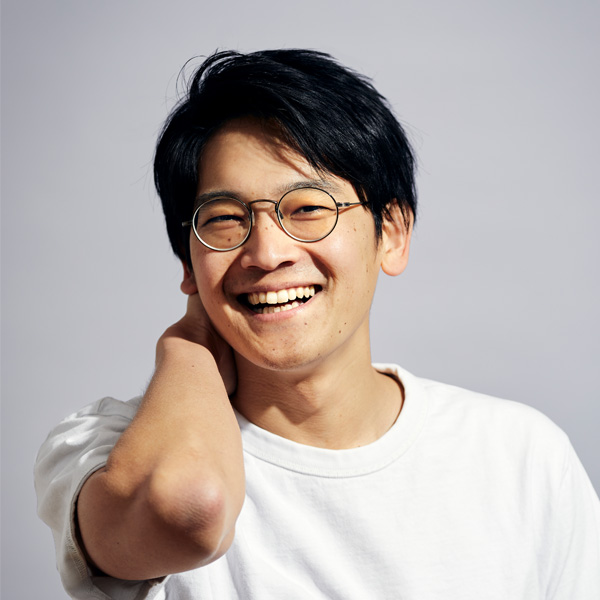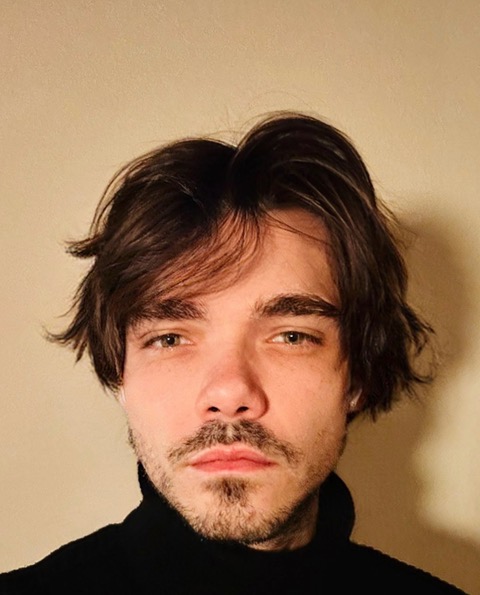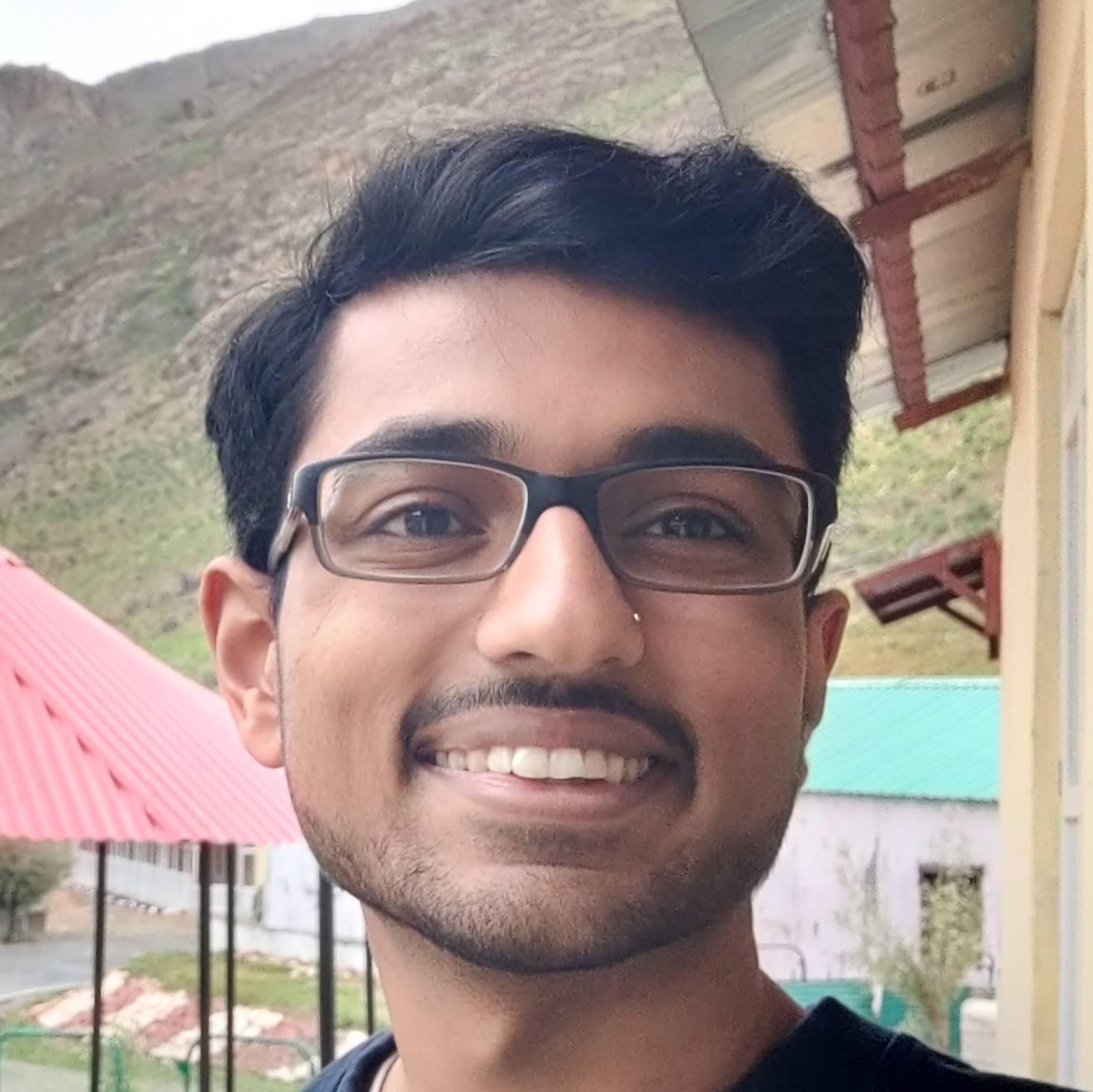Dr. Seiji Fujimoto
Hubble Fellow
Seiji's research is centered primarily around ALMA and JWST observations, of both lensed and unlensed galaxies. While at UT he has written seevral papers, including on ALMA observations of extremely high-redshift galaxies, NIRSpec spectroscopic confirmation of z~8-9 galaxies from CEERS, and NIRSpec followup of very high-redshift galaxies from UNCOVER.







